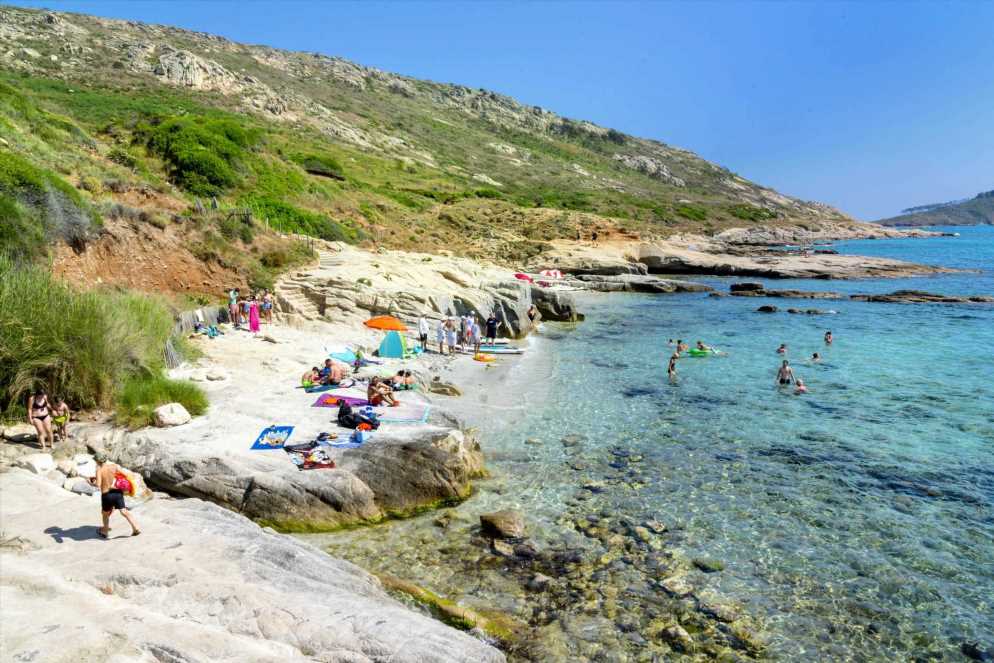IT'S always a pleasant surprise to discover that your return flight to the UK takes less time than your outbound flight.
However, there is a very interesting reason why it very often takes less time to fly back home than it does to reach holiday destinations, particularly those in America.
Typically, it's quicker to travel from west to east than it is from east to west, due to something called "jet streams".
Those streams are fast-flowing, narrow air currents found in the atmosphere at high altitudes.
Airlines often plan their routes to get planes into the jet streams and make better time on their journeys, whenever possible.
The quickest of the jet streams are known as the polar stream and the subtropical stream.
Read More on Flying
I’m a flight attendant & you should book a certain seat when flying over water
Scientists are collecting the poos you do on a plane – here’s why
The polar can be found 60 degrees north of the equator while the subtropical sits 30 degrees south.
The polar stream is the strongest of the two and can range in speed from 80 miles an hour all the way up to 250.
That is why a flight from the UK to America can sometimes take two hours longer than the return leg.
But time savings can be much more dramatic than that.
Most read in News Travel
You can stay in a hotel shaped like a plane – with private beach & four pools
The simple passport mistake that a million Brits make – & it’s costing you money
Woman stunned by ‘secret’ hotel bathroom door during Greek holiday
Jet2 passenger spots hilarious graffiti on plane and everyone agrees with it
According to aviation blog Simple Flying, the first time the jet streams were used in commercial aviation was 1952, on a flight from Tokyo, Japan to Honolulu, Hawaii.
They claim that using the winds enabled the airline to cut their flight time from 18 hours down to 11.5, when flying at just under 25,000 feet.
As well as shaving hours off their flight times, airlines are also able to save on the amount of fuel they burn on the long-haul journeys.
However, there are some downsides to the quicker flights, if you're afraid of flying.
The jet streams are known to cause turbulence, specifically clear air turbulence.
Pilot Eser Aksan E revealed the scary truth about flying through clear air turbulence to Sun Online Travel and what it's like to be behind the yoke during a bumpy flight.
She said: "There's clear air turbulence and that's the most difficult one. We cannot see it. We don't know where it is, and there's no way we can fly around it.
"That's the dangerous one because we cannot anticipate it, it just happens.
"That's the reason why we always tell the passengers they have to have your seatbelt on, even if the seatbelt sign is off, you still need to wear your seatbelt."
The bad news for nervy fliers is that changes to the jet streams, brought about through climate change, will increase the amount of turbulence they experience in the near future.
Research from the University of Reading suggests turbulence will be three times more common by 2050 to 2080.
Read More on The Sun
Woman’s dad converted the garage into a studio flat so she’d have her own space
Thousands missing out on up to £442 in free food vouchers – can you claim?
Meanwhile, a former flight attendant has revealed the worst spot for turbulence on a flight from the UK to the US.
And Sun Online Travel has mapped the areas where you're most likely to experience turbulence, so you can book flights that avoid it.
Source: Read Full Article












